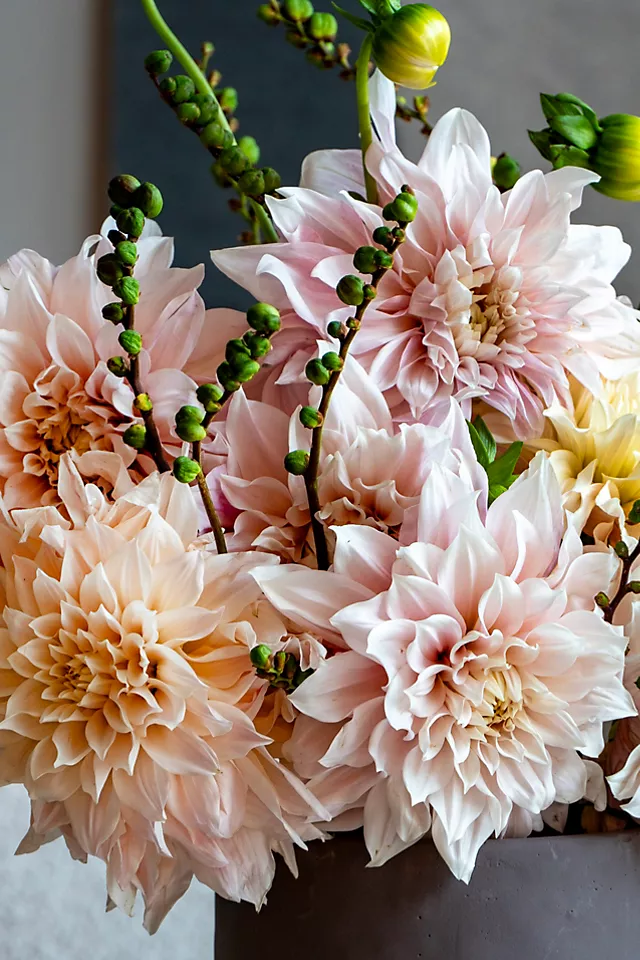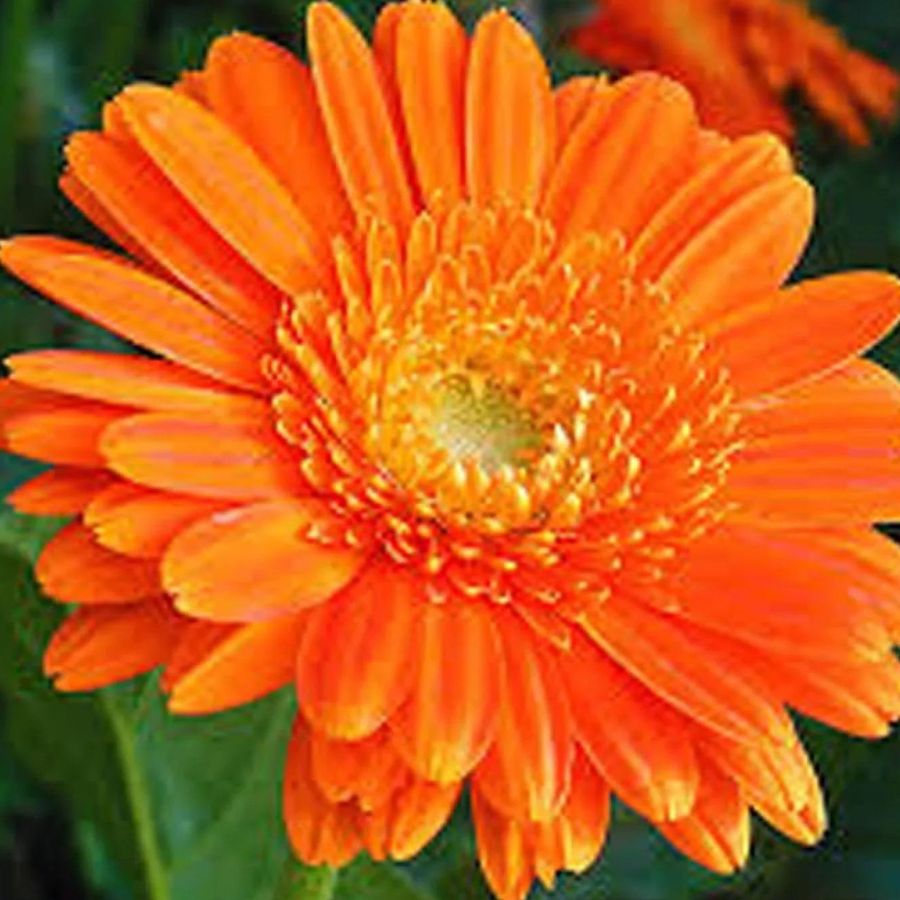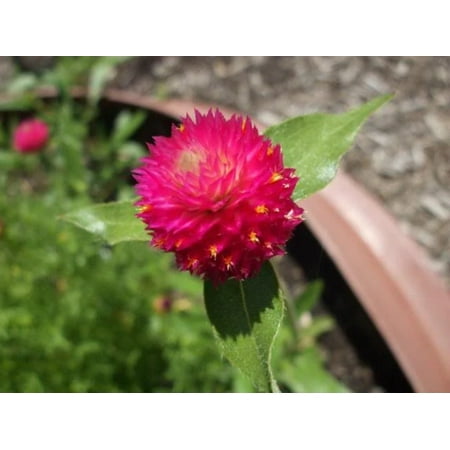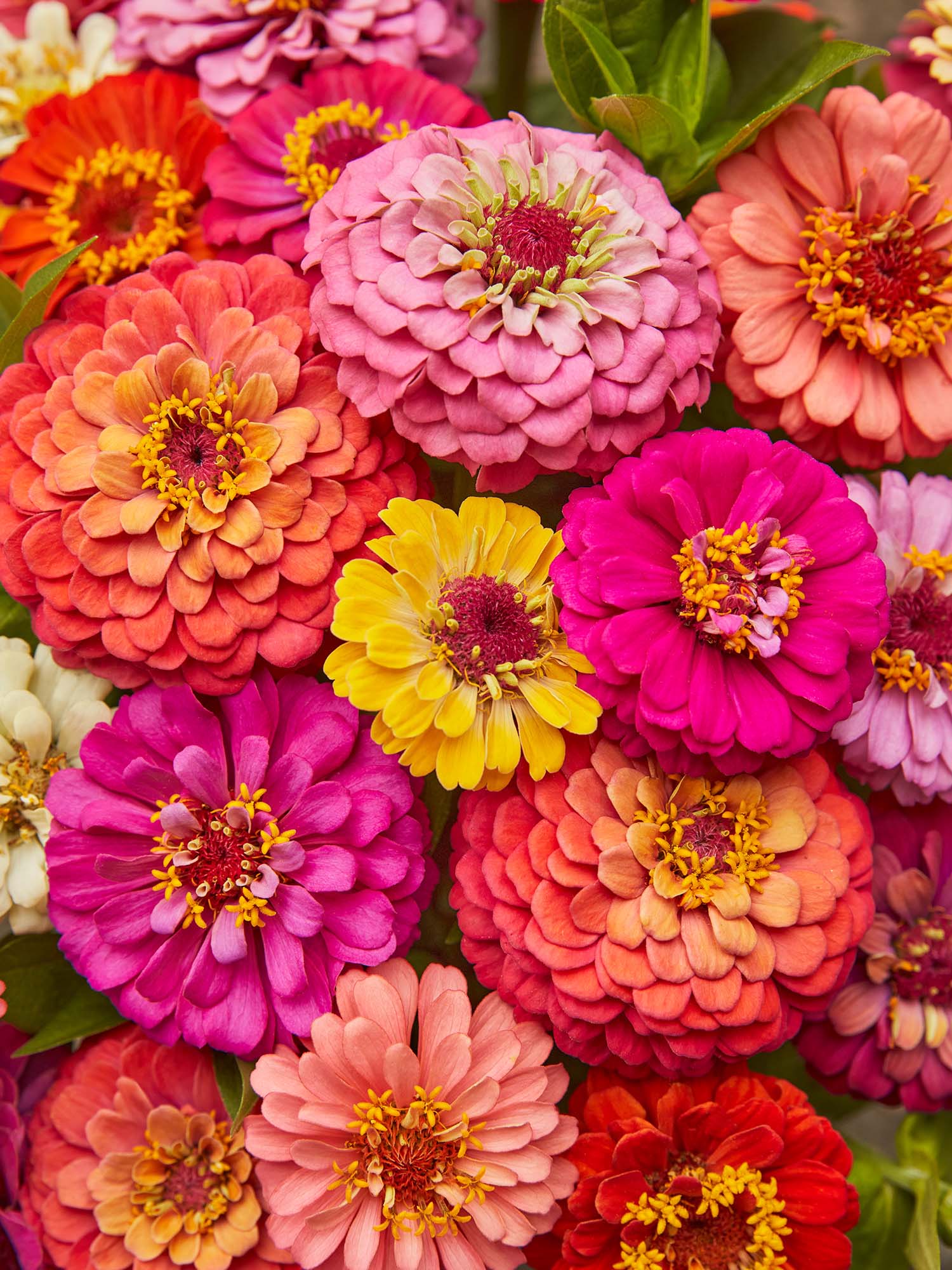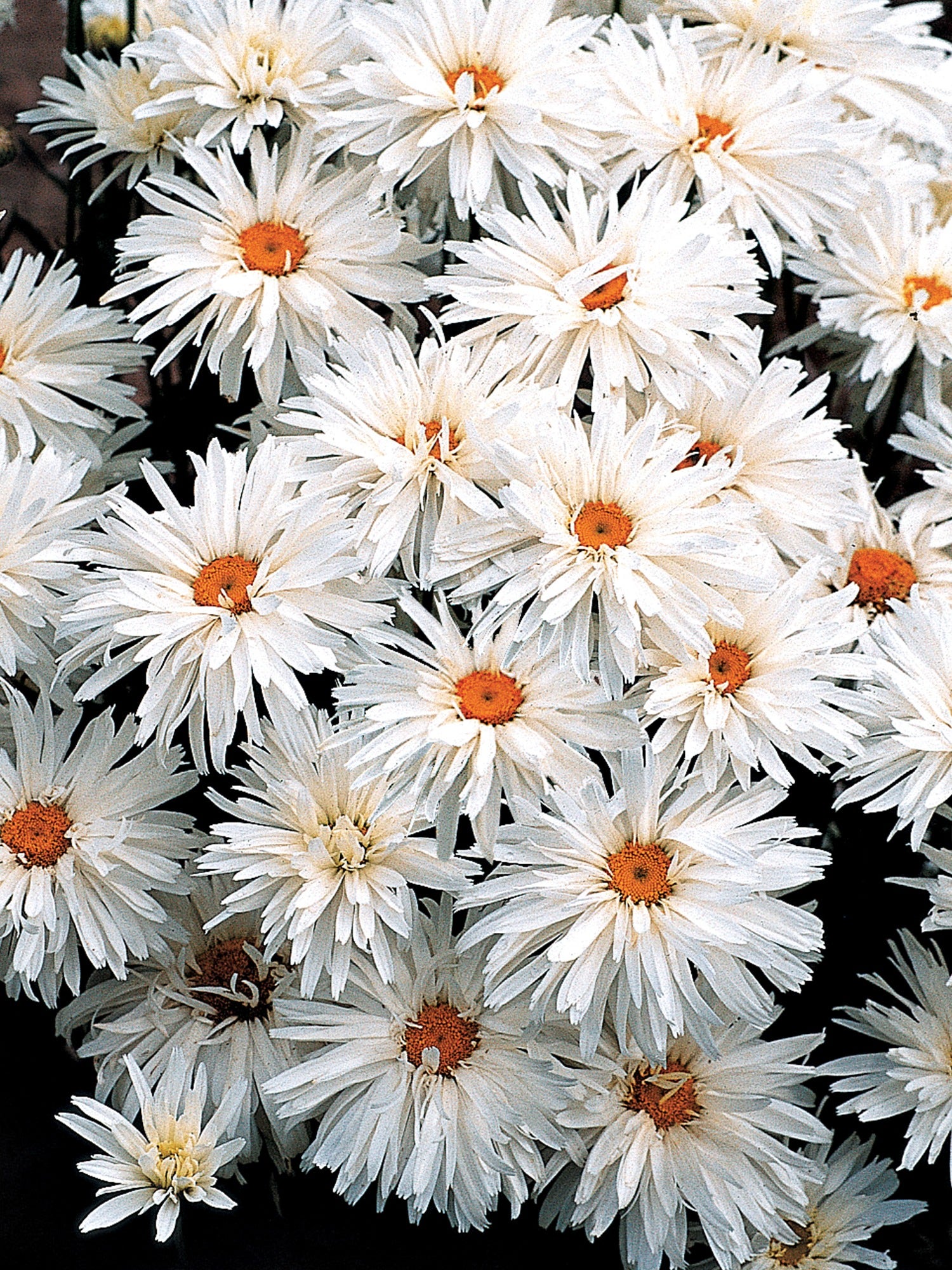7 of the Best Flowers for Raised Beds — These Picks Will Thrive In Your Planters
Raised beds are a great way to bypass bad soil, but which flowers should you be planting in them? We've spoken to a garden expert to reveal her go-to choices for raised garden beds

Bad soil, poor drainage, wrong pH… there’s a multitude of hurdles to get over to achieve the yard of your dreams. While soil improvers and mulches can make a dent in your soil’s performance, there’s a better option that may just save you a ton of time (and back pain): raised garden beds.
Usually associated with vegetable patches, raised garden beds are the perfect hack to bring new life to your soil. But which flowers do the experts opt for in their flower bed ideas list? We’ve got our expert to whittle down her choices to just seven top picks for a modern garden, all of which are guaranteed to thrive in a raised bed and bypass less-than-ideal soil conditions!
What are the best flowers to grow in raised beds?
The control you have over the soil in your raised beds is the gateway to growing all kinds of flowers that might not thrive otherwise in your yard. If you want a well-draining section for Mediterranean plants, just add more grit and sand to your compost; for acidic-loving plants like azaleas and rhododendrons, simply opt for an acidic-based compost for that section, it’s as simple as that!
1. Dahlias
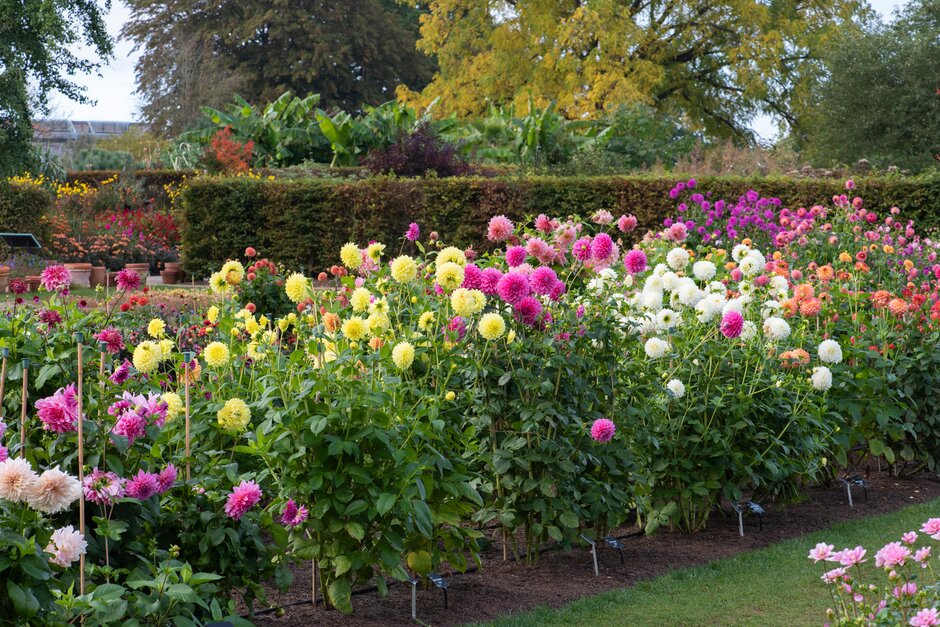
Hardiness zone: 8-11
Potentially the most famous cut flowers, Dahlias top the list when it comes to the best flowers for raised beds.
‘Dahlias are incredible flowers that come in every color imaginable, and their giant blooms make them the undisputed stars of the show,’ says garden consultant Crystal Jarvis, founder of Lettuce Grow Something. Some of our favorites include Dahlia “Burlesca”, Dahlia “Cafe au Lait”, and Dahlia “Dark Spirit” for a contrasting deep red flower.
When it comes to how to care for Dahlias, these flowers need a bit of maintenance to make sure they’re producing the best blooms all summer long. Crystal says ‘Dahlia tubers need a sunny spot and regular deep watering, but they are worth it. Plus, you can cut their blooms and enjoy them in a vase for 4-5 days, bringing a touch of summer magic indoors!’.
The Livingetc newsletters are your inside source for what’s shaping interiors now - and what’s next. Discover trend forecasts, smart style ideas, and curated shopping inspiration that brings design to life. Subscribe today and stay ahead of the curve.
When planting your dahlias, make sure you protect them from slugs and snails though! Dahlias are a favorite snack of those pesky gastropods and they’ll make light work of your dahlia seedlings. These snail cloches from Amazon are a clever way to protect young plants from them.
2. Calendula
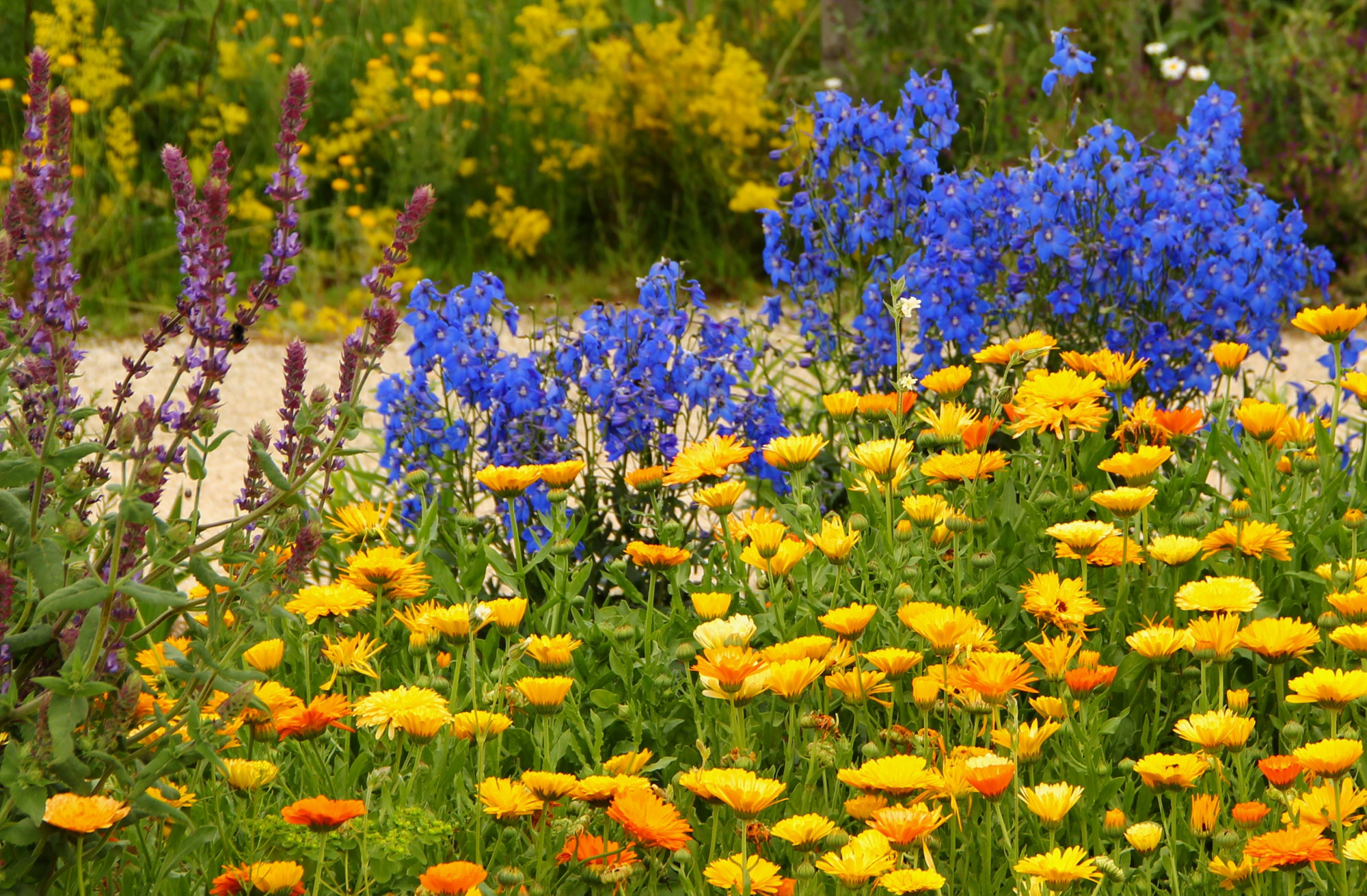
If you’re looking for an easy annual for your raised beds, Calendula is the flower for you! Bursting with warm welcoming orange flowers, Calendula is one of Crystal's top picks.
‘Calendula takes the crown as my favorite raised bed annual. These cheerful blooms, boasting shades of orange, yellow, and peach, are a dream for beginner gardeners. I love adding them to corners and borders for a pop of color,’ says Crystal.
Though most annuals require a fair bit of deadheading, according to Crystal this orange-toned flower is super low-maintenance. Crystal advises ‘Calendula does best in the cooler temperatures of early spring and fall. To encourage continuous flowering, snip off spent blooms as the plant matures. The best part? Calendula practically takes care of itself. Let a few flower heads go to seed at the end of the season, and you'll have Calendula flowers growing easily again next season!’
3. Gomphrena
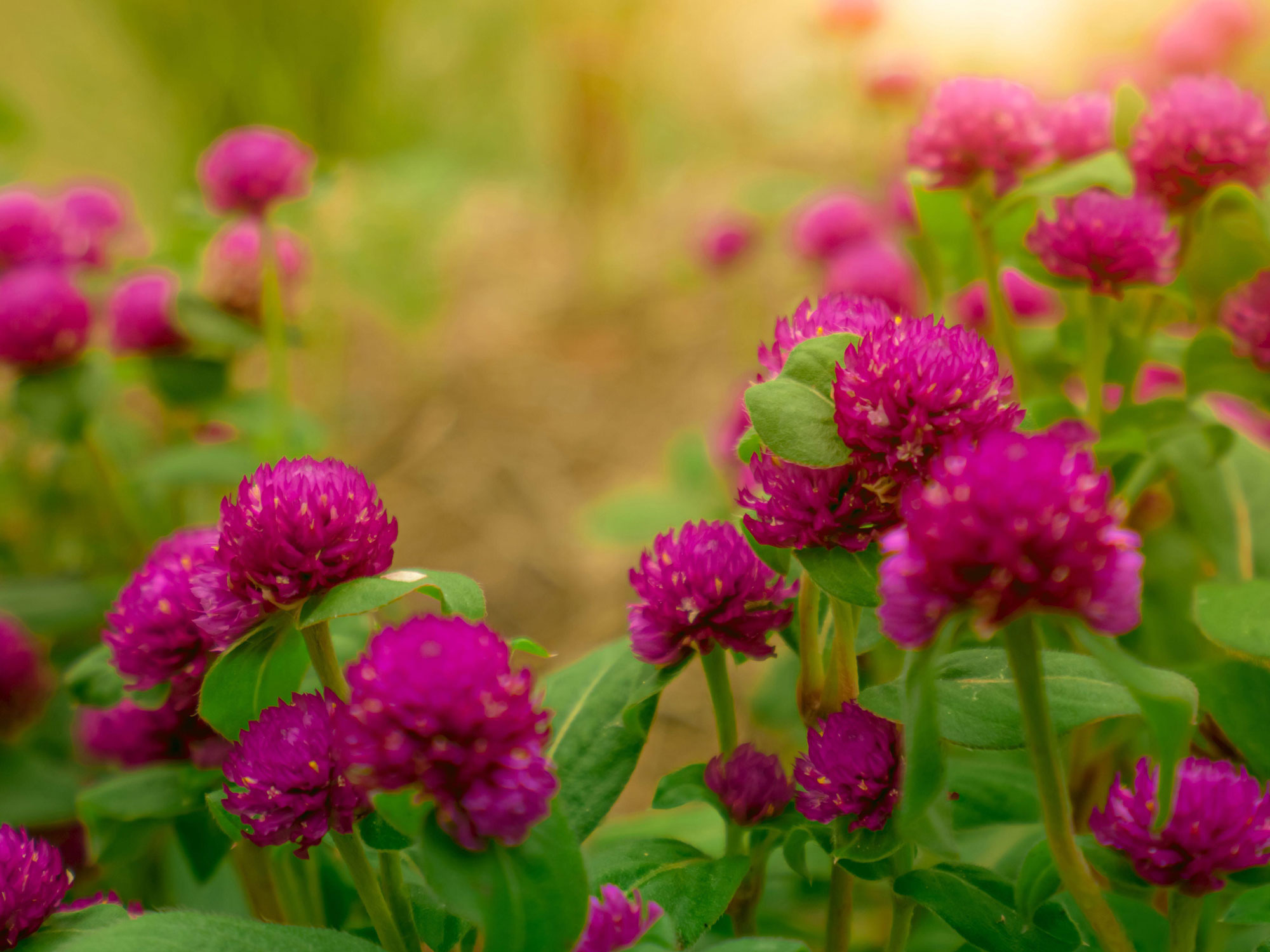
Gomphrena is a flower that never fails to bring out a smile. With its whimsical pom-pom style flowers and fun lollipop shape, it’s perfect for adding a splash of jewel-toned color to your raised beds.
Expert Crystal says ‘Gomphrena is another amazing annual flower that looks great in corners and borders of raised bed gardens. It comes in vibrant colors of pink, purple, red, and more!’
Don’t be disheartened if they take a while to take off though, Crystal explains ‘Gomphrena can be a little slow growing in the beginning but once it gets growing you will have color all season long until your first frost. These flowers require little care and are fairly pest resistant which makes them great flowers to grow for beginner gardeners.’ And for those of you looking for low maintenance garden ideas.
If you’re interested in starting a raised bed cut-flower garden, Gomphrena is a great choice. Its tall stems and long-lasting flowers work well in bouquets, and come fall you can even dry them and use them in dried flower arrangements!
4. Zinnias
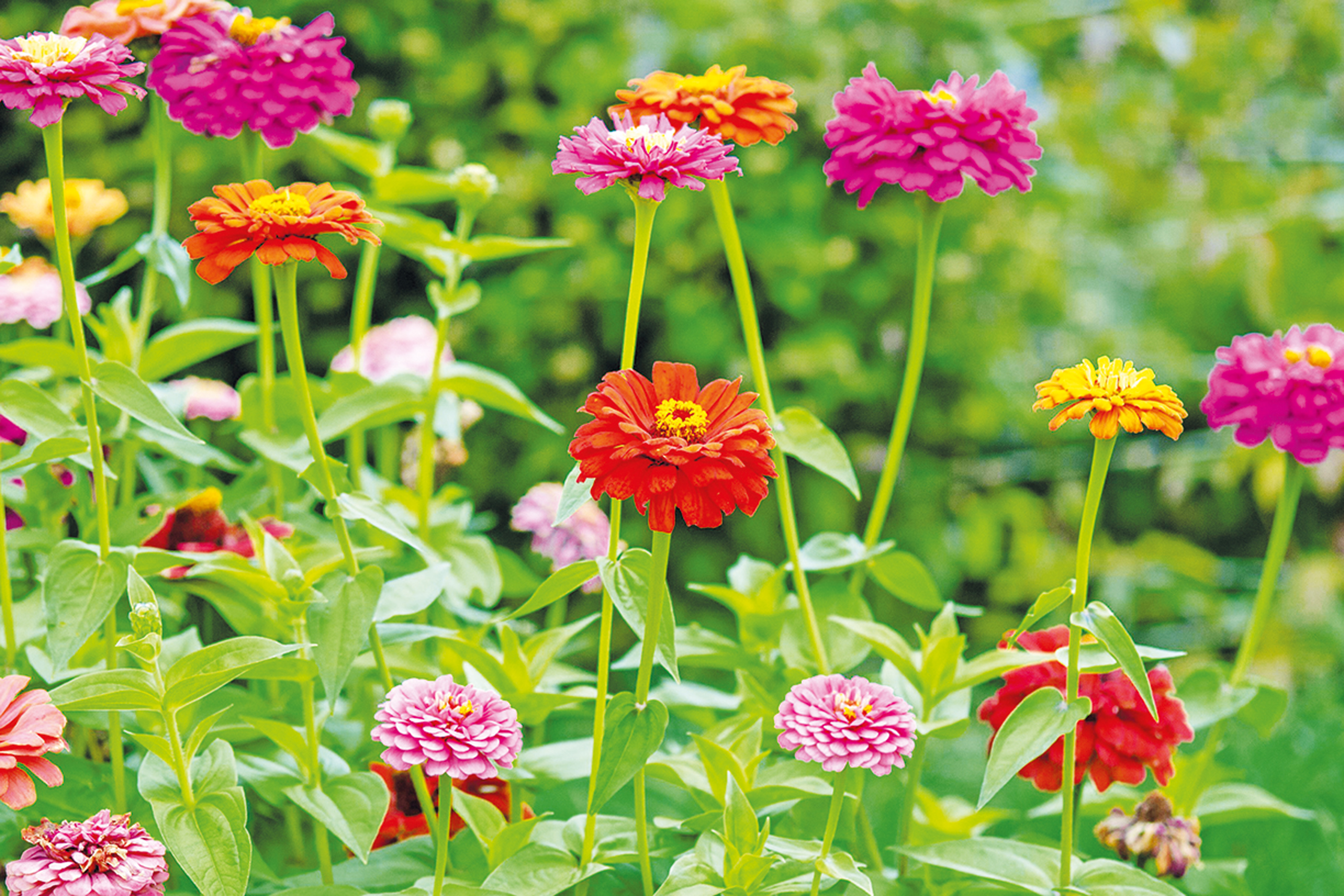
Another great flower for a raised bed is the Zinnia. These mini dahlia lookalikes are a favorite of expert Crystal, plus in her expert opinion, they grow great from seed too.
‘Zinnias are a must-grow in my raised bed gardens every year! They come in every color and size imaginable, and are perfect for cutting and making your cut flower arrangements,’ says Crystal. ‘Starting them from seed is easy, and the best part is, they just keep blooming if you deadhead them regularly. These summer superstars thrive in the heat and keep flowering all season long!’
If pastel tones are your thing, Zinnia elegans “Zinderella Lilac” is a great option with a long flowering time. “Queen Red Lime” is another top pick of ours, with dusky pink petals fading into lime centers. Or if you’d rather have rich jewel-toned flowers, look for “California Giants”. Their bright double blooms are sure to brighten up any day, and they're great flowers for bees and other pollinators.
5. Lavender
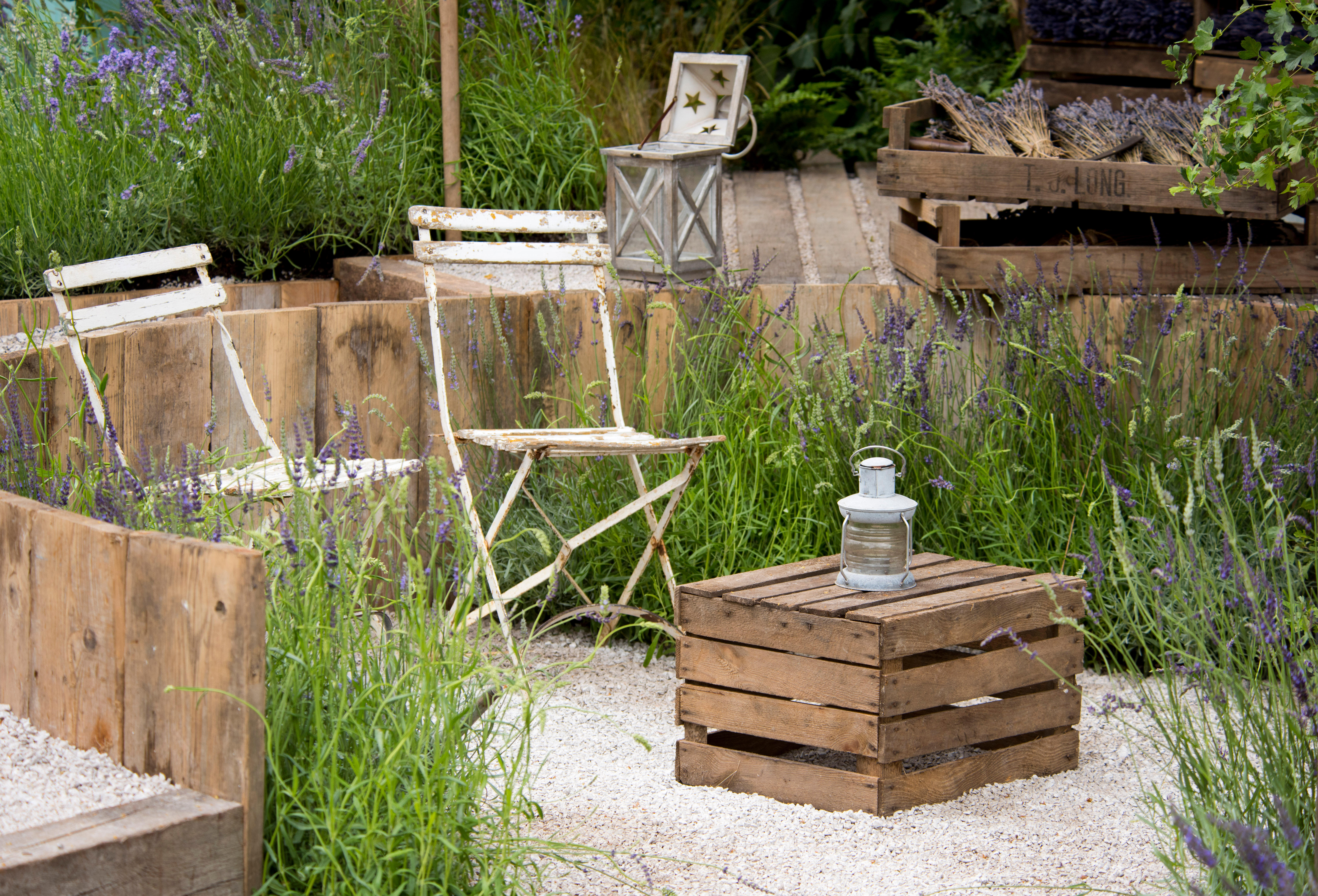
Mediterranean garden ideas are topping everyone’s dream yard wishlist right now. Clean minimalist patios with herbs tumbling over aged terracotta pots – need we say more?
But if your yard’s bed soil is too heavy for Mediterranean garden plants like lavender, thyme, or rosemary, then raised beds are your solution. Expert Crystal says ‘Lavender provides fragrant blooms, easy care, and is perfect for raised garden beds. Its well-behaved roots love the excellent drainage. It loves being in the full sun and that mimics its native Mediterranean climate. Just remember, lavender prefers light watering and thrives on neglect once established!’
To achieve the well-draining soil that lavenders love, aim for a ratio of 3 parts compost to 1 part horticultural grit or perlite. Then once your lavenders are planted give them a good watering once or twice a week for the first summer until they’re established.
6. Salvia
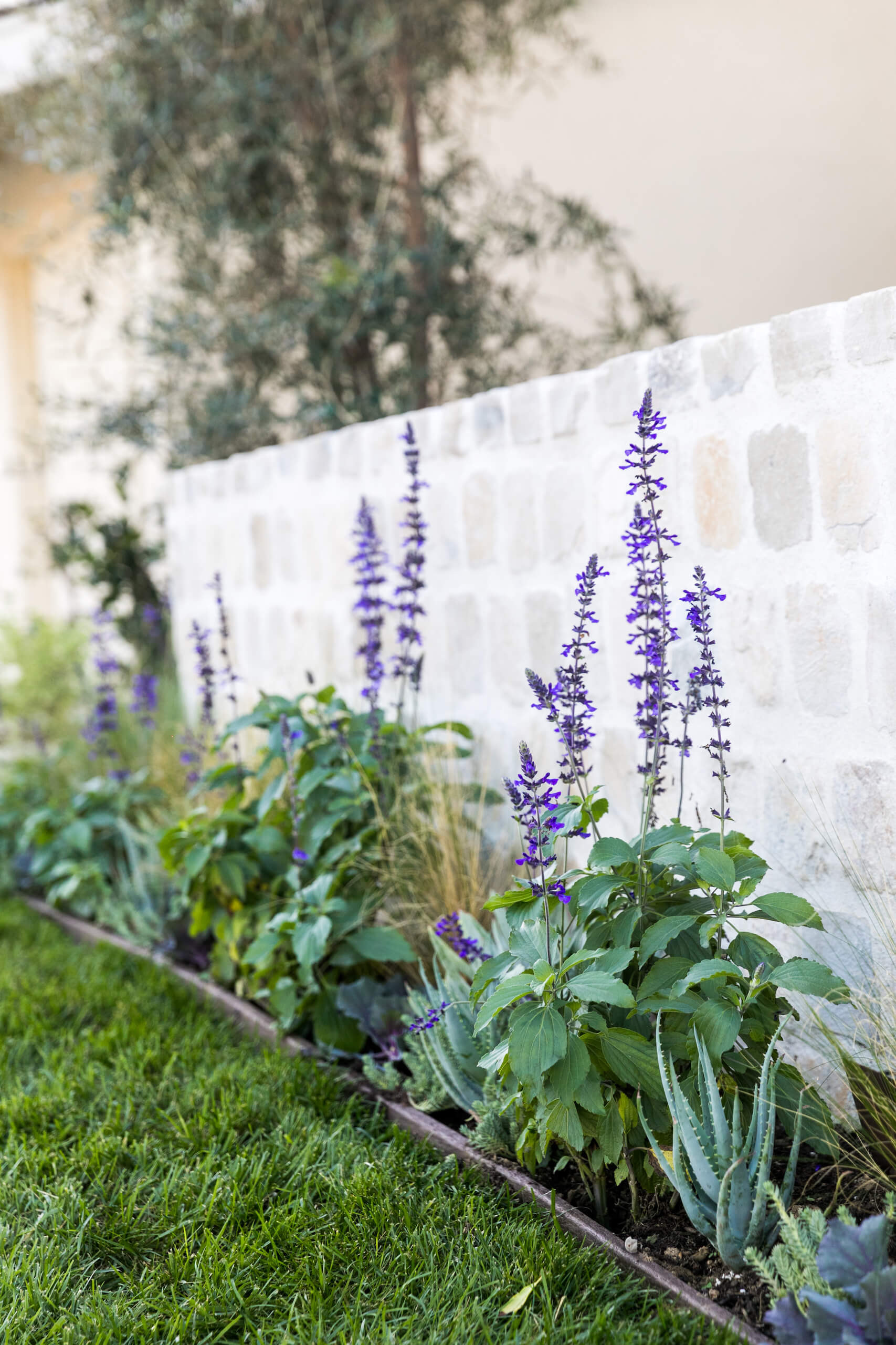
Another poor-soil-loving flower, Salvia makes the lavender companion plant in your raised beds.
Expert Crystal says ‘Salvia is a dream come true for raised bed gardeners! Full sun and well-draining soil, just like what a raised bed offers, are the keys to unlocking its vibrant blooms in shades of pink, purple, red, and white. Plus, these low-maintenance plants require minimal watering and will reward you with color all summer long. Depending on where you live you can grow salvias as perennials or annuals.’
A member of the sage family, salvia’s iconic evergreen foliage always looks great against its delicate flowers. Some of our favorite varieties for a fresh modern yard design include Salvia nemorosa “Crystal Blue”, Salvia nemorosa “Caradonna” and Salvia nemorosa “White Profusion”.
7. Shasta Daisies

Cottage-core is still all our Pinterest feeds, and with good reason. Inspired by traditional English country gardens, cottage-core is all about embracing informal garden beds and a more ‘undone’ look. Think rambling roses climbing trees, forget-me-nots scattered over a patio, and pots of daisies.
To get that English garden look with raised beds, Crystal thinks Shasta daisies are the perfect choice. She says ‘Shasta daisies are a cheerful addition to any raised bed. Their sunny personalities thrive in the bright, well-drained environment. Plant them where they can soak up the sun, and don't worry about babying them – just a deep watering occasionally and deadheading spent blooms will keep these easygoing flowers gracing your garden with their bright white blooms all season.’
These easy-going flowers are a great addition to a raised bed. Plus, being a perennial they’ll come back year after year! We particularly love Leucanthemum x superbum “Old Court”.
What flowers should I avoid in raised beds?
You'll want to avoid planting anything invasive, or that grows too large in your raised beds, as they can quickly take over your garden. There aren't too many flowers you need to watch out for per se, but there are a few invasive plants to avoid. Purple Loosestrife, for example, might have pretty purple flowers, but can soon choke out your other plants. Lily of the Valley isn't ideal for pairing with perennials either - and should be used as a ground cover plant. Keep an eye out for "noxious weeds" like Creeping Bellflower too, as though it flowers are pretty, once its roots take hold, it can be difficult to remove.
Matilda Bourne is a freelance homes, gardens and food writer, stylist and photographer. Known for creating and capturing content for multiple international brands, her work has been featured in The Telegraph, The Daily Mail, and Hello! magazine. When she’s not writing, you can usually find her tending to her much-loved garden and scouring thrift stores for vintage furniture.
